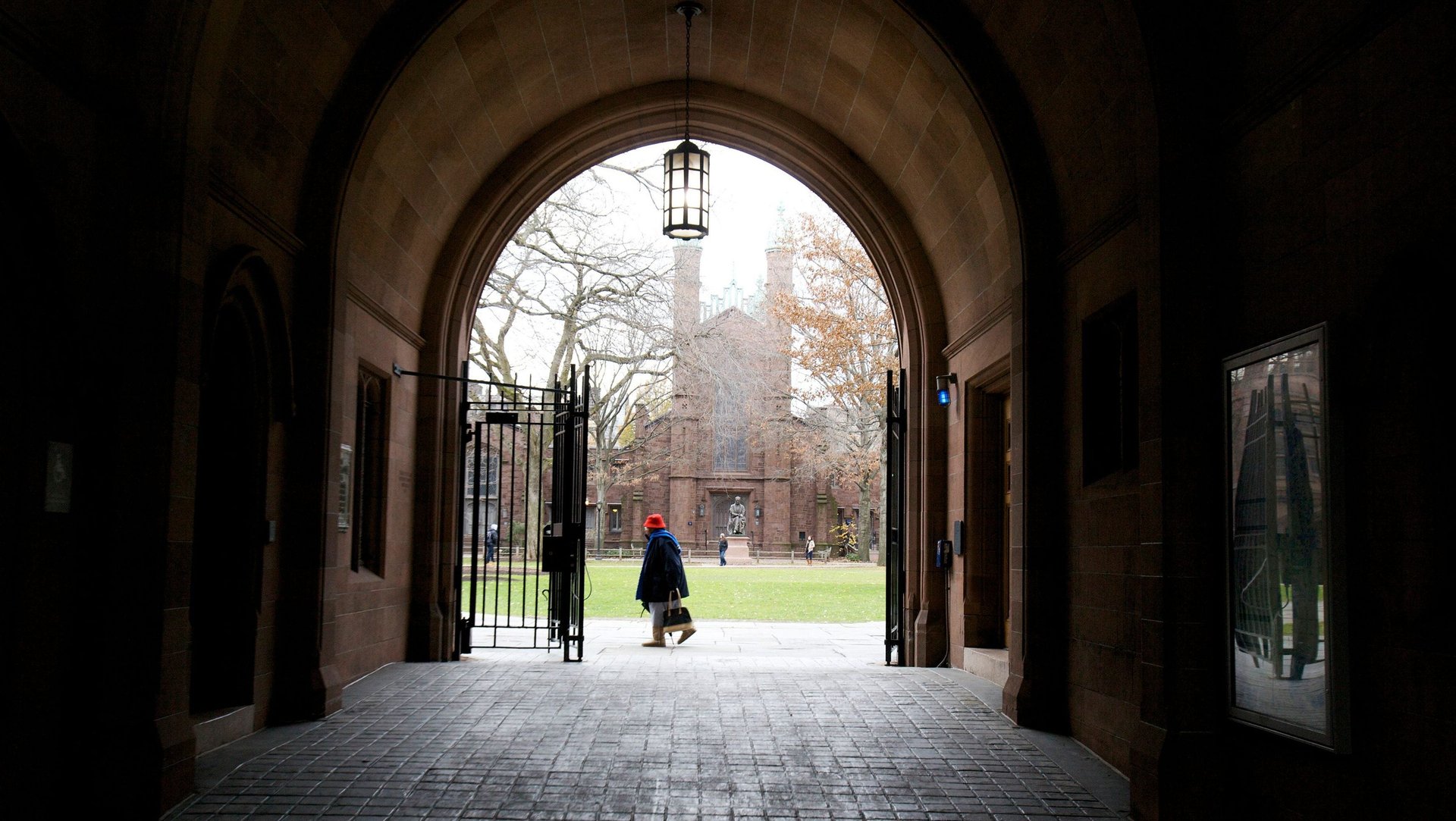The actual costs of US college financial aid
It’s that time of year. Colleges have mailed acceptance letters and parents and students have until May 1 to make a decision. One of the most important factors is cost. And it’s not surprising if you’re looking at your financial aid offer and wondering, “Is this it?”


It’s that time of year. Colleges have mailed acceptance letters and parents and students have until May 1 to make a decision. One of the most important factors is cost. And it’s not surprising if you’re looking at your financial aid offer and wondering, “Is this it?”
We wanted to know how much financial aid you should expect based on various levels of income and wealth. We used the online tool MyinTuition, which provides a cost estimate for 32 selective colleges including schools like Amherst, Columbia, Duke, Wesleyan, and Yale. The financial estimates are based solely on need-based aid and don’t factor any possible merit-based aid that any of the schools might provide. The tool breaks down your cost into three categories: student and parent contribution, expected student loan, and student work-study.
We combine all of these into your cost since you’re on the hook for it whether you pay today, you pay it off in the future, or you work for it while you’re at school. Here are the three things we learned.
1. Expect to pay around 20% of your income
We analyzed how much colleges expect you to pay based on five income levels, from $50,000 to $250,000. We assumed no savings so the cost expectation is based purely on what you can pay (or borrow) based on your income.
The result? Colleges expect you to pay 15-23% of your income per year before any financial aid kicks in.
2. Expect to use around 70% of your savings
Next, we analyzed how much of your savings colleges expect you to use if you weren’t going to use current income. We used the same income levels as before but assumed that you held 50% of a year’s income in your checking account and 100% of a year’s income in savings. Note: pensions and US retirement accounts like 401ks aren’t generally counted since there are penalties for withdrawals.
The result? Colleges expect you to use 58-78% of your savings for a full four-year degree if you’re going to only use savings. No matter how you come up with the money, colleges expect you to pay 36% more on average if you have savings than if you don’t.
3. Expect to use around 70% of your home equity
Finally, we wanted to understand how much of the equity in your house colleges expect you to use. For this analysis, we simply looked at the cost expectations for a family earning $100,000 per year who has $150,000 in home equity but no other savings.
The result? Colleges expect you to use 69% of your home equity for a full four-year degree if you’re going to use only the equity in the house. No matter how you’re going to come up with the money, colleges expect you to pay 28% more if you have home equity than if you don’t. This is less of an increase than if you have cash savings but it seems like quite an extra burden given that you’d have to take out a mortgage to access that equity. Note that two schools on the MyinTuition list, Hamilton College and the University of Virginia, didn’t expect any additional cost in this home-equity scenario.
Which colleges provide the best deals in terms of financial aid?
Eight schools standout as most consistently providing the lowest cost among the 32 schools in the scenarios we ran in MyinTuition, in this order:
- Washington & Lee
- Yale
- Duke
- Davidson
- Colby
- Amherst
- Northwestern
- Columbia
If you’re fortunate enough to be offered a position at one of these schools, you’ll also be most likely to get the lowest cost education versus their peers.